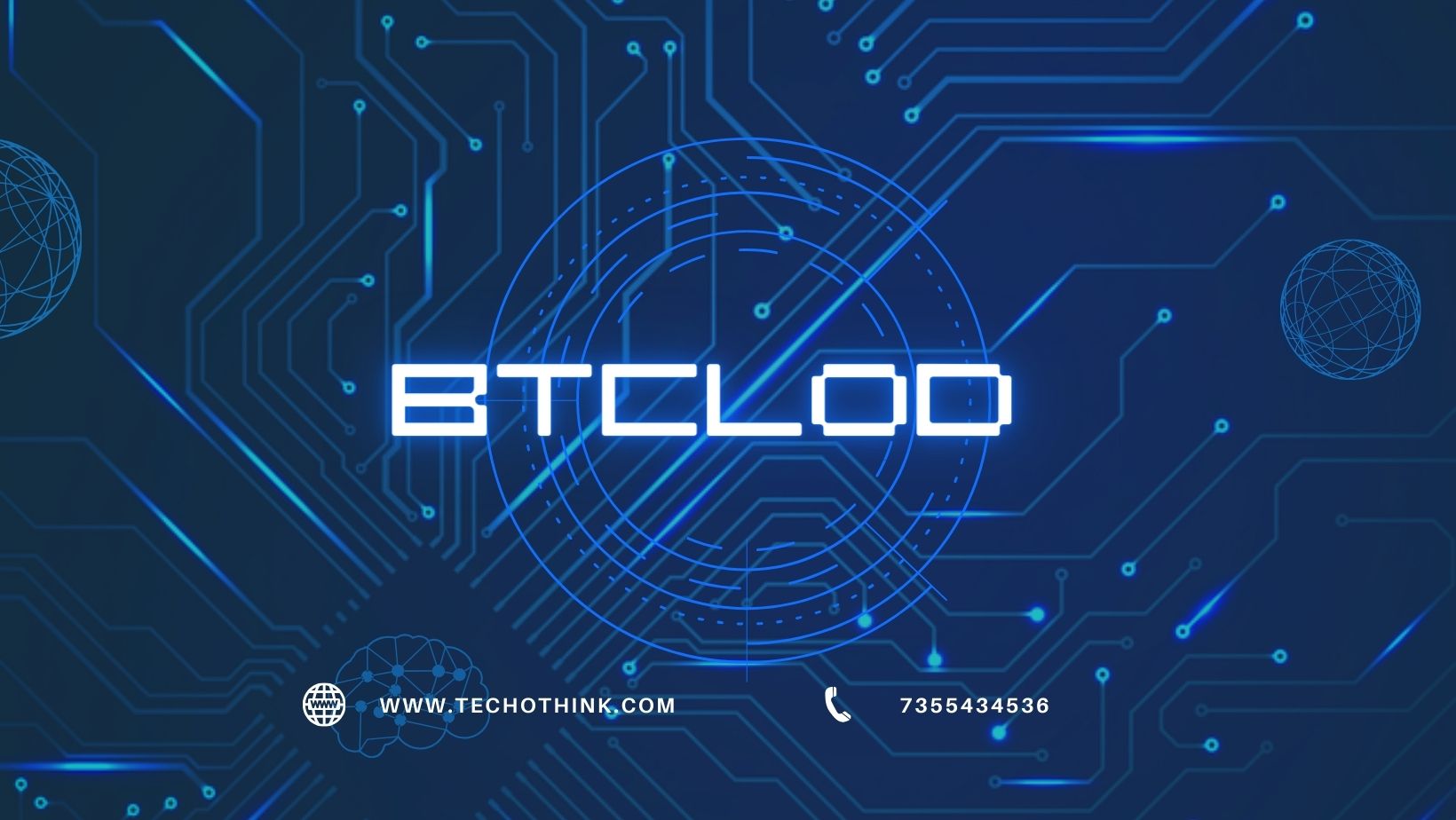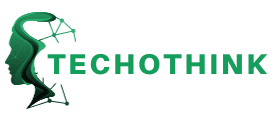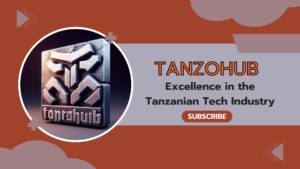
BTCLoD
Introduction
BTCLoD the world of cryptocurrencies and blockchain technology is a constantly evolving landscape, with innovations and advancements continually reshaping the industry. In recent years, a concept called BTCLoD has emerged, creating ripples in the crypto world. BTCLoD, short for Bitcoin Layer of Data, represents an exciting development that extends the capabilities of the original cryptocurrency, Bitcoin. In this comprehensive article, we will delve into the intricacies of BTCLoD, exploring what it is, the different types, its numerous benefits, and the pros and cons associated with its use.
What is BTCLoD?
To understand BTCLoD, we need to start with the basics. BTCLoD is a protocol that allows users to embed arbitrary data into the Bitcoin blockchain. This concept is revolutionary in many ways, as it adds a secondary layer on top of the Bitcoin blockchain, leveraging the security and reliability that Bitcoin is renowned for. Essentially, BTCLoD provides a secure and immutable way to store data, making it accessible to anyone with internet access. This innovative solution addresses a long-standing problem in the digital age – the need for data integrity and permanence.
Types of BTCLoD
BTCLoD is a versatile technology with several implementations. Let’s explore some of the key types:
1. Embedded Data: The most common type of BTCLoD involves embedding data directly within Bitcoin transactions. This approach is relatively easy to implement and is cost-effective. Data is stored as part of the transaction history, making it accessible to anyone with access to the blockchain.
2. Sidechains: Some BTCLoD implementations make use of sidechains. Sidechains are separate blockchains connected to the Bitcoin network. They provide more sophisticated and scalable data management solutions, enabling users to handle larger datasets with greater efficiency.
3. Smart Contracts: Certain BTCLoD systems rely on smart contracts to automate data storage and retrieval. Smart contracts ensure data availability and security by allowing predefined rules and conditions to govern data storage and access.
Benefits of BTCLoD
Security
Security is a paramount concern in the world of data storage. Bitcoin’s blockchain is known for its robust security features, and by piggybacking on Bitcoin, BTCLoD inherits these security measures. This ensures the utmost data integrity and protection. Data stored using BTCLoD is cryptographically secured, making it extremely resistant to unauthorized access and tampering.
Immutability
Once data is stored on the Bitcoin blockchain, it becomes practically immutable. This immutability makes it resistant to tampering, alteration, or deletion. Immutability is a critical feature for various applications such as notarization of documents, ensuring that the data remains unchanged over time.
Decentralization
One of the foundational principles of blockchain technology is decentralization. BTCLoD adheres to this principle as well. It operates without central authority, making it immune to censorship and interference. This decentralization enhances the trustworthiness of data storage and retrieval.
Accessibility
Data stored on BTCLoD is accessible globally. The decentralized nature of Bitcoin ensures that data is distributed across a vast network of nodes worldwide. This global accessibility promotes transparency and openness, as anyone with an internet connection can verify or access the data.
Cost-Efficiency
Compared to traditional data storage solutions, BTCLoD offers a cost-effective option, especially for small to medium-sized data. Traditional data storage methods often involve recurring costs for server maintenance and data retrieval, while BTCLoD offers a one-time transaction cost for data embedding, making it economically viable for various use cases.
Pros of BTCLoD
Transparency
One of the significant advantages of BTCLoD is its transparency. All data stored on BTCLoD is visible to anyone who accesses the Bitcoin blockchain. This transparency builds trust and allows individuals and organizations to demonstrate the veracity of their data, which can be especially crucial for legal and auditing purposes.
Longevity
Bitcoin’s blockchain is expected to exist for the long term. BTCLoD this makes it an ideal choice for data preservation. Users can trust that their data will remain accessible for an extended period, even beyond the lifespan of many traditional data storage solutions.
Security
The robust security features of Bitcoin’s blockchain add an extra layer of protection to stored data. As Bitcoin is known for its resistance to hacks and attacks, data stored on BTCLoD benefits from this security shield, ensuring that it remains safe and intact.
Cons of BTCLoD
Limited Storage
While BTCLoD is suitable for many applications, it is not ideal for large-scale data storage. Storing vast amounts of data on the Bitcoin blockchain can become expensive and impractical. This limitation may necessitate exploring alternative data storage solutions for massive datasets.
Complexity
Implementing BTCLoD can be challenging, especially for individuals or organizations without a technical background in blockchain technology. Understanding how to embed data into Bitcoin transactions or work with sidechains and smart contracts may require a learning curve, which can be a barrier for some users.
Regulatory Concerns
Regulatory concerns surrounding BTCLoD also exist. Some governments may impose restrictions on data stored on the Bitcoin blockchain, which could lead to legal issues for users in certain jurisdictions. It’s essential to be aware of the legal implications and regulatory landscape before utilizing BTCLoD for specific data storage needs.
Conclusion
BTCLoD represents a remarkable technological innovation that extends the capabilities of Bitcoin and addresses the need for secure and permanent data storage. Its numerous benefits, including security, immutability, decentralization, accessibility, and cost-efficiency, make it a compelling option for various use cases. However, it’s essential to consider the limitations, such as limited storage capacity, complexity, and regulatory concerns, before adopting BTCLoD. As the technology continues to evolve, it’s crucial for users to weigh the pros and cons carefully and determine whether BTCLoD aligns with their specific data storage and management needs. In the rapidly changing landscape of blockchain technology, BTCLoD stands as a testament to the industry’s constant innovation and adaptability, offering an exciting solution for those seeking enhanced data security and integrity in the digital realm.







